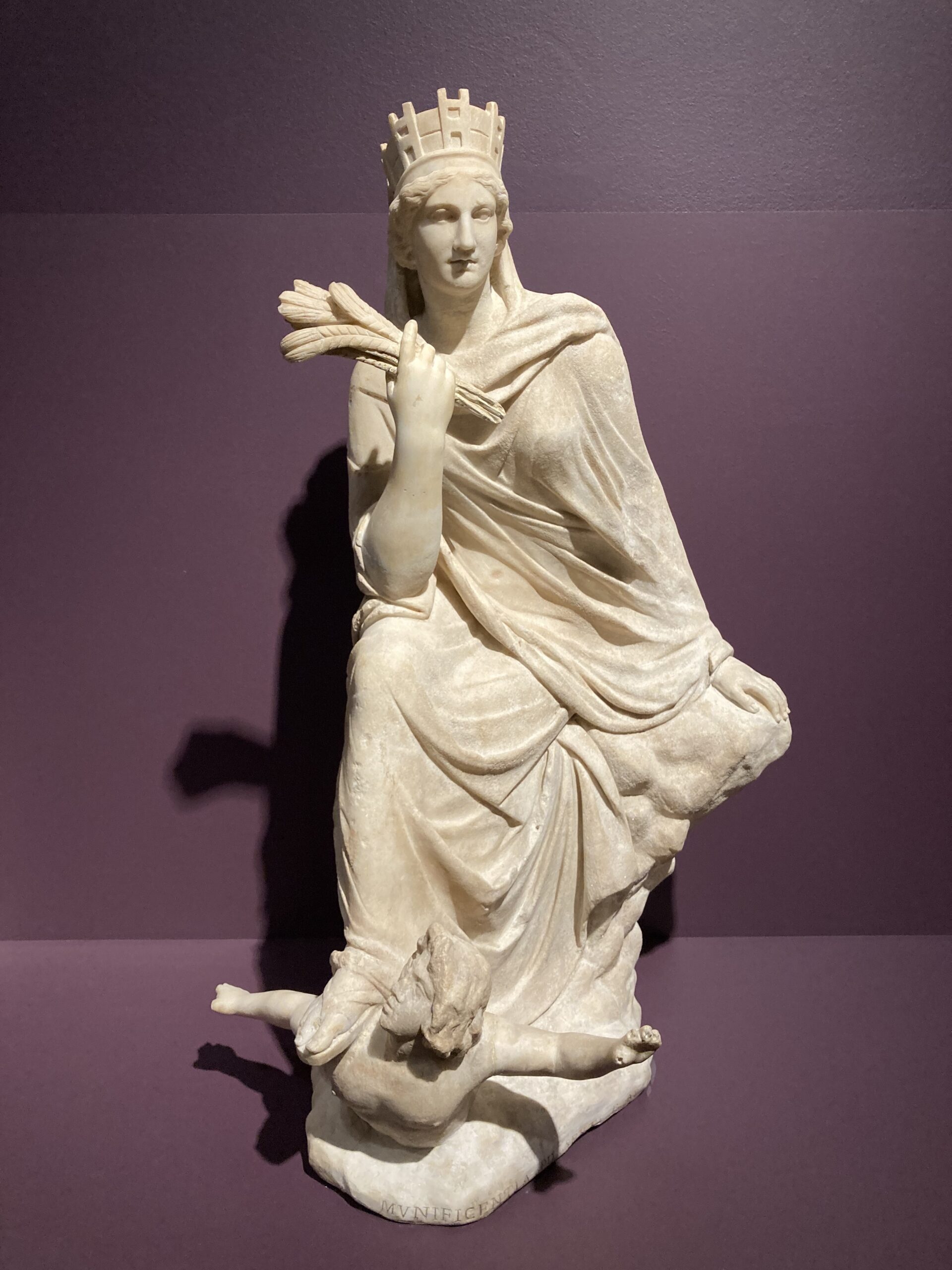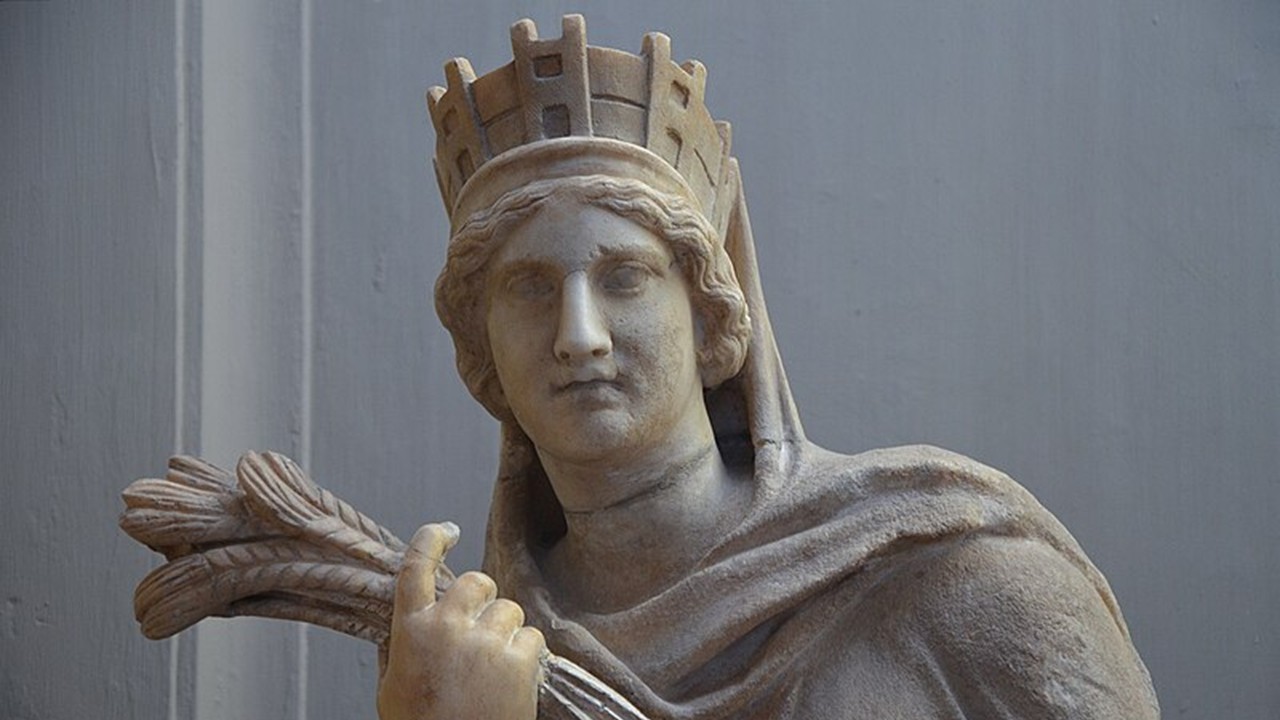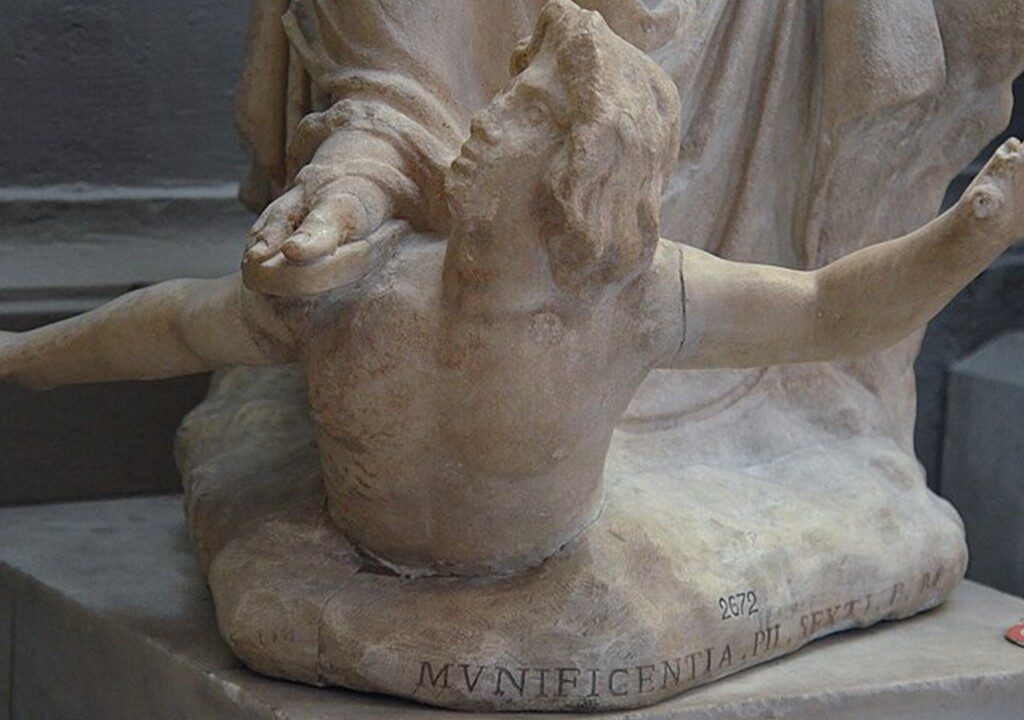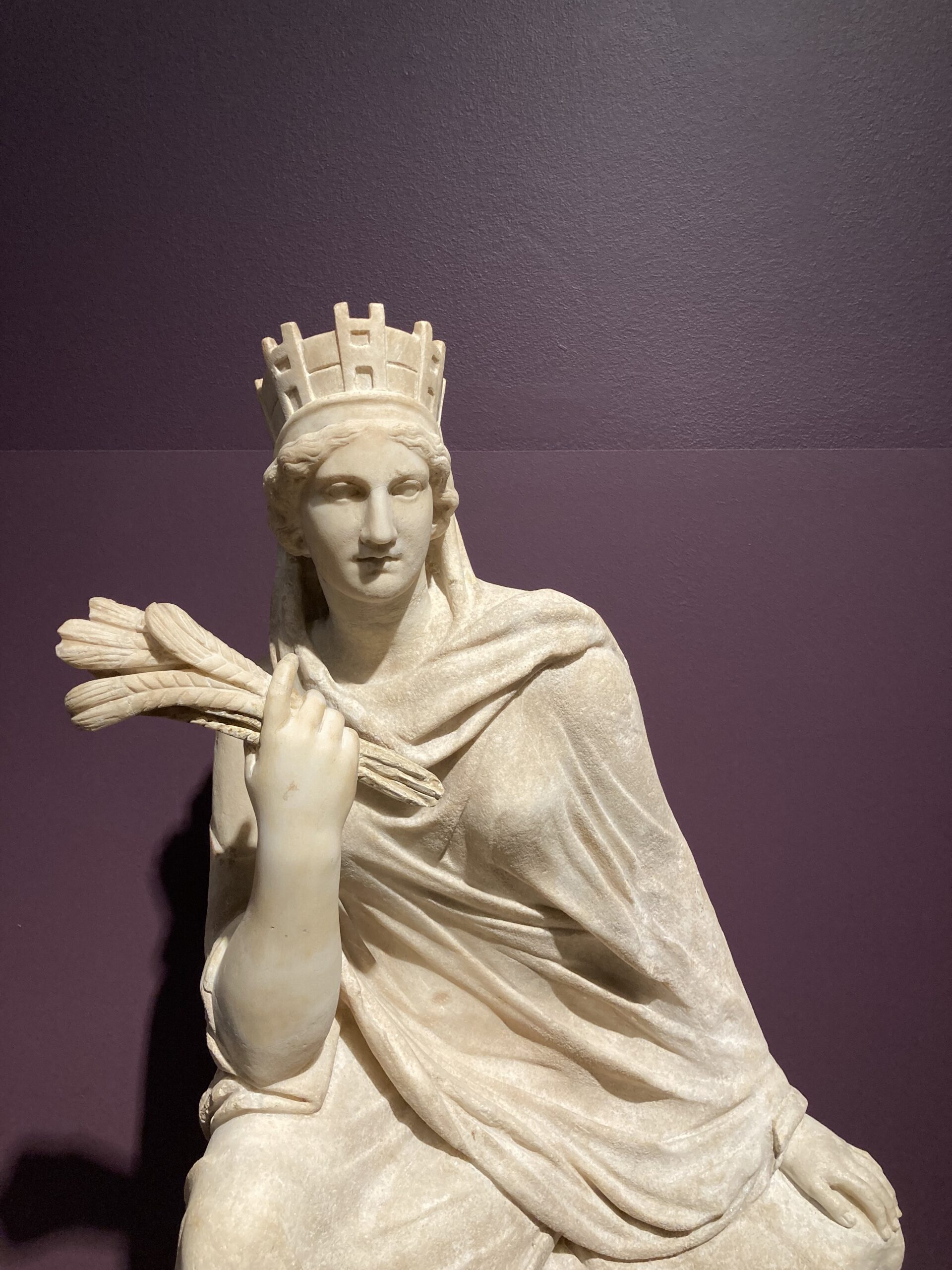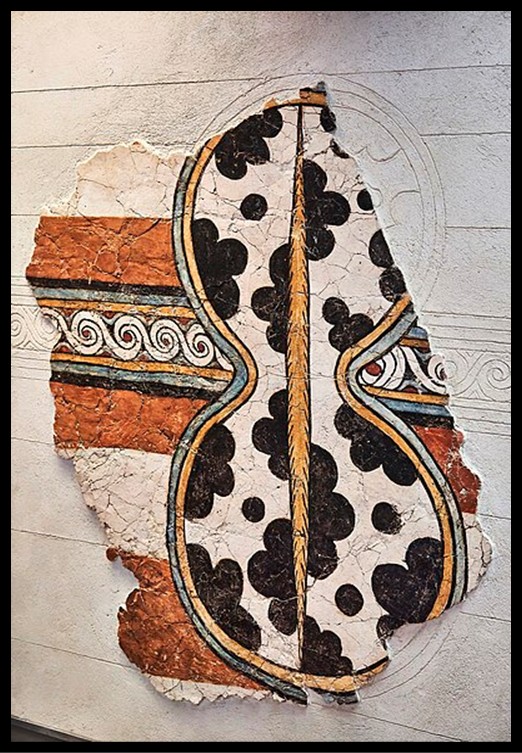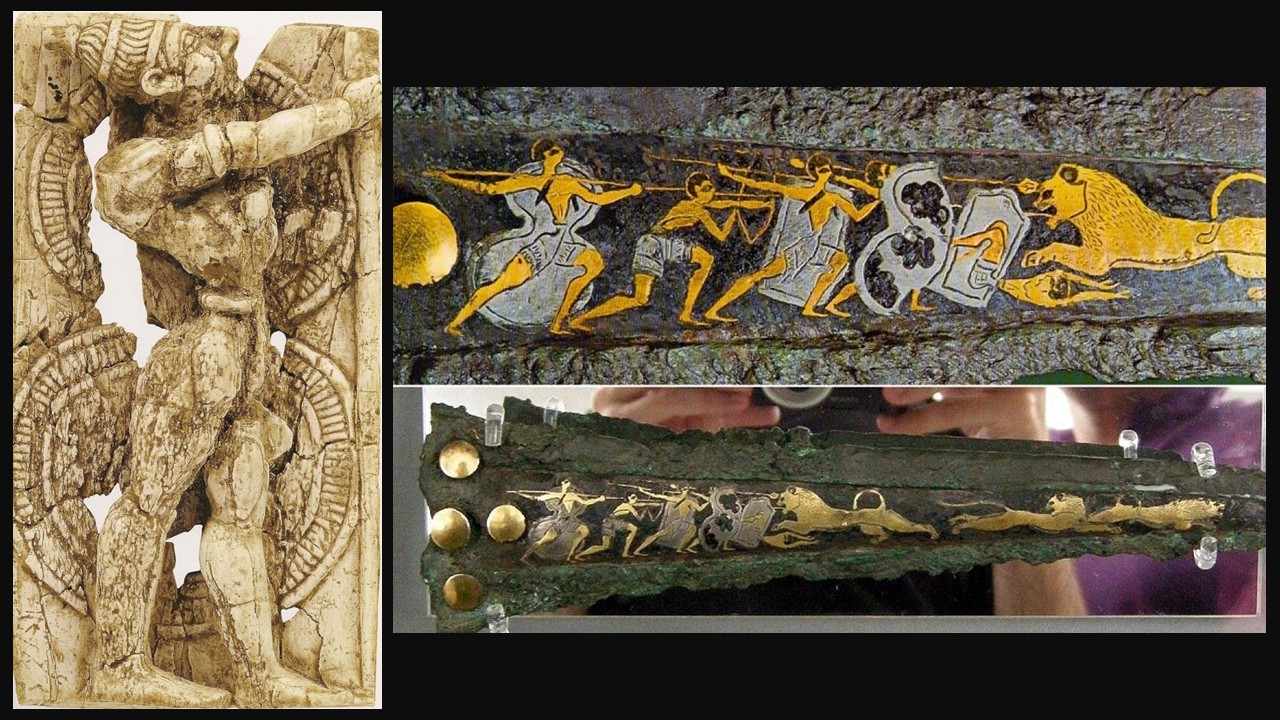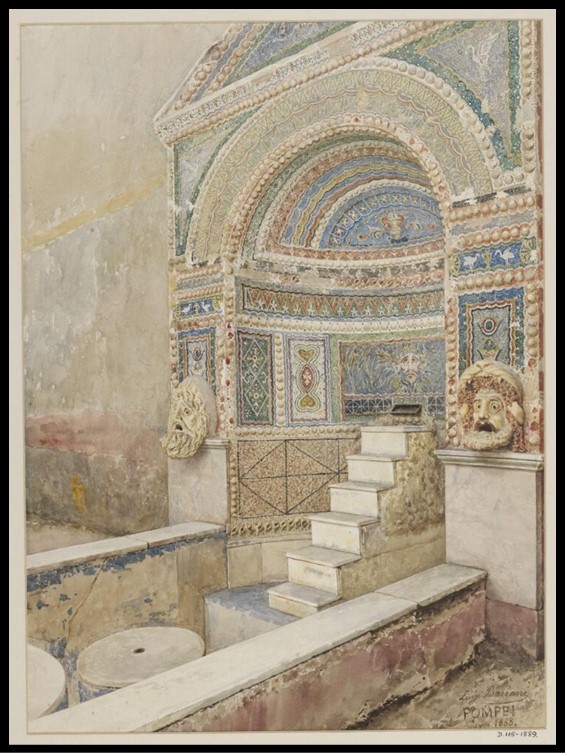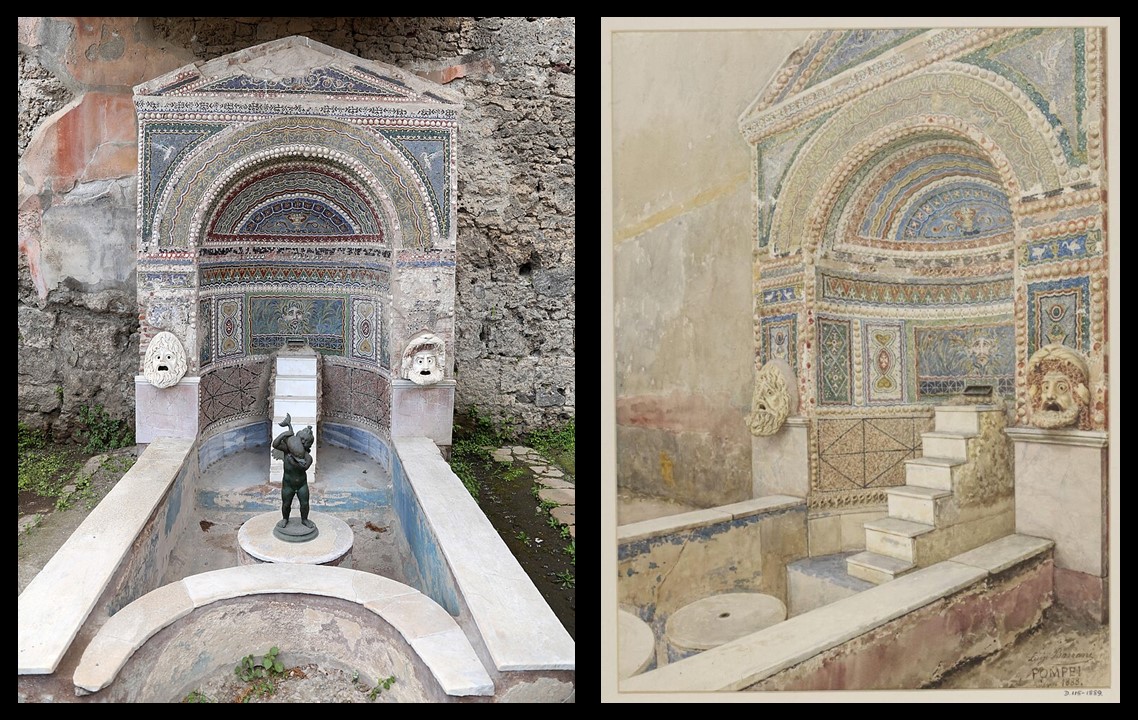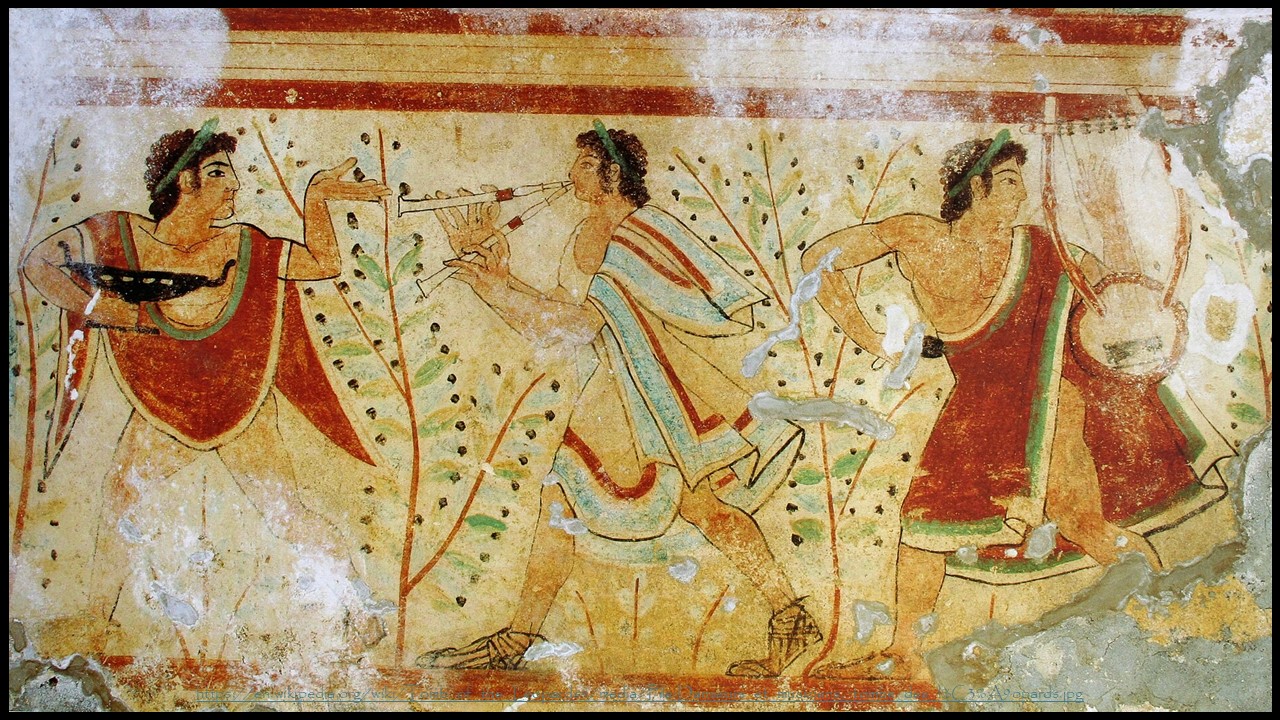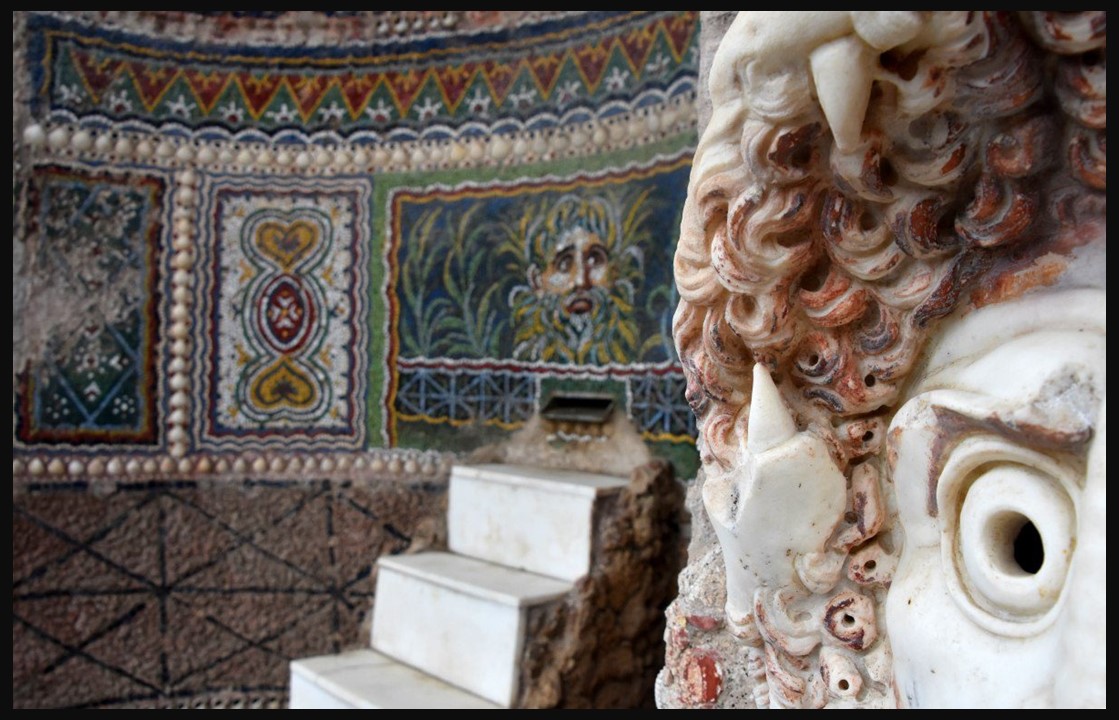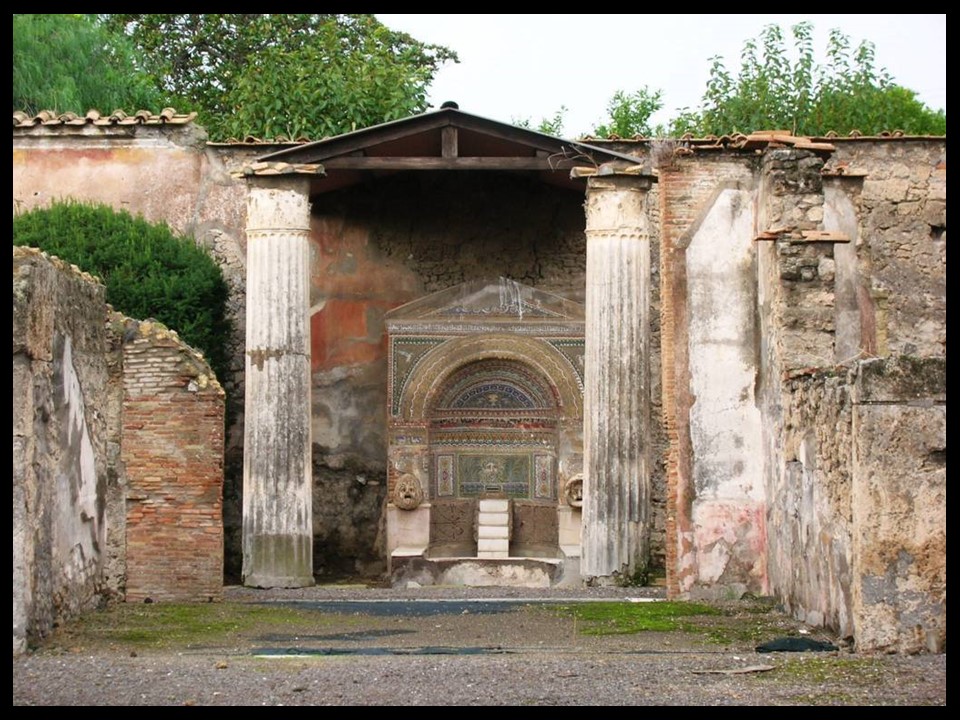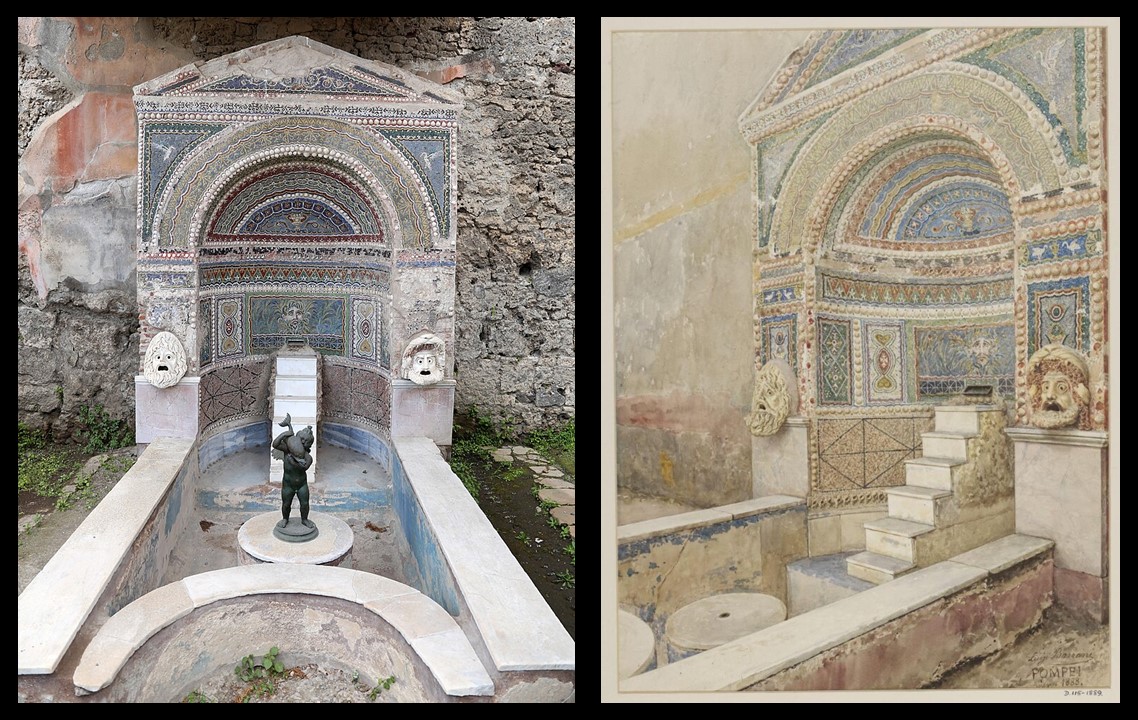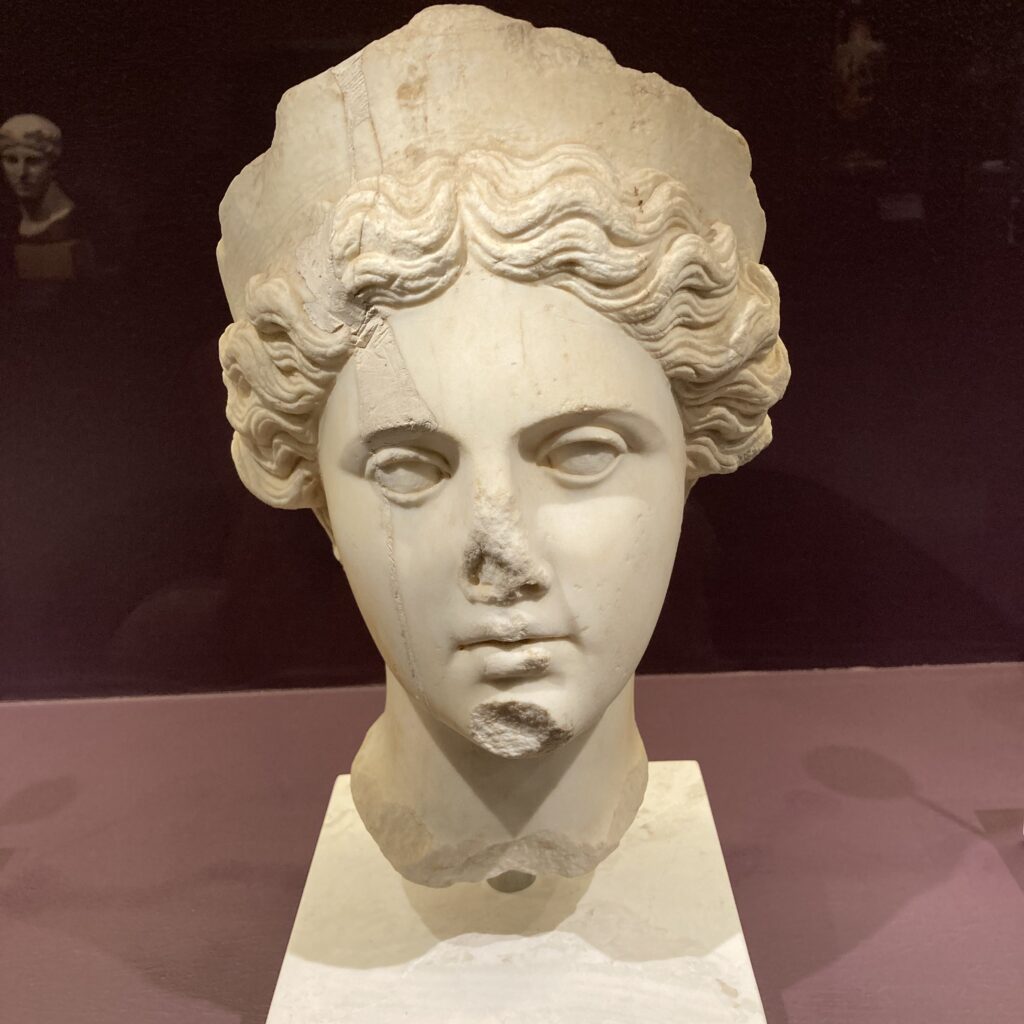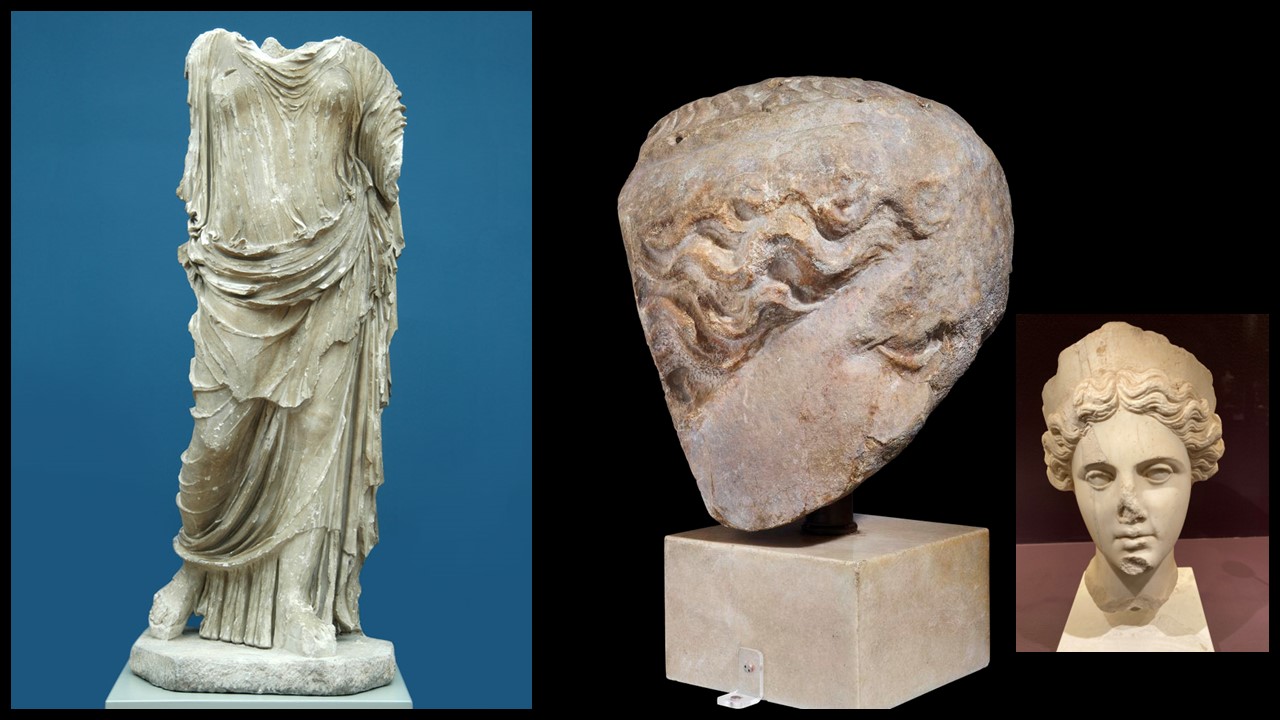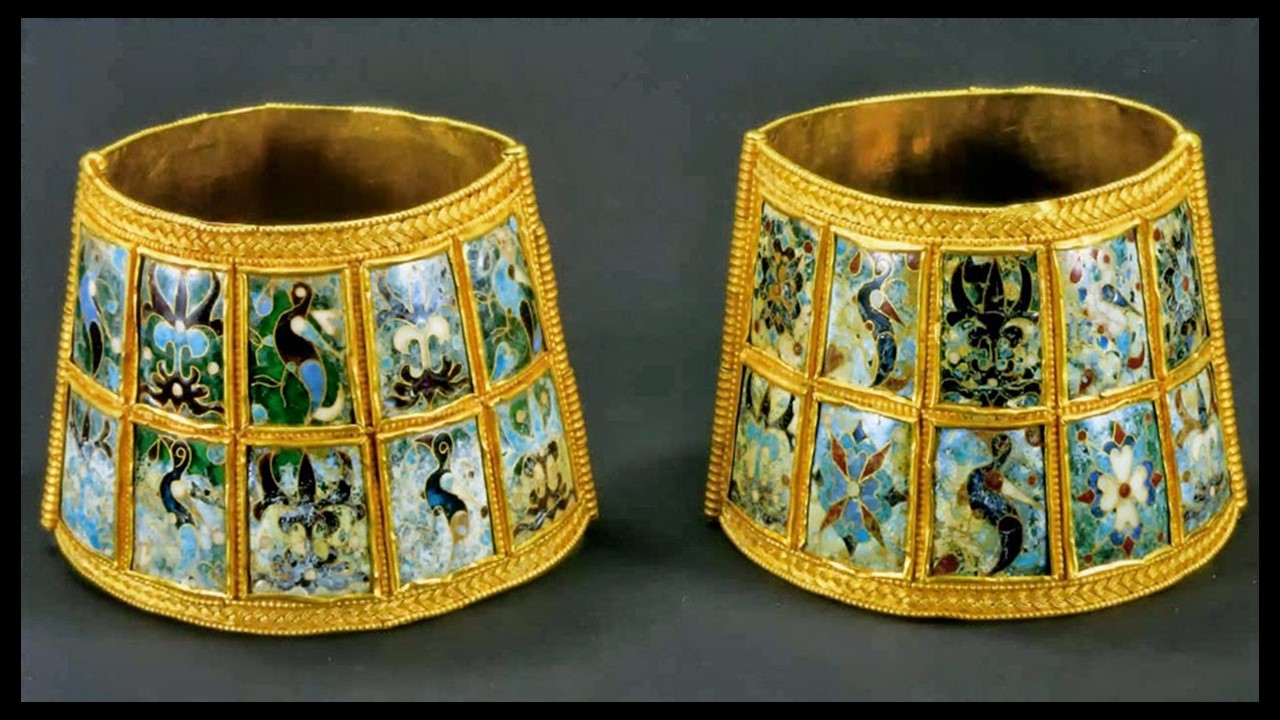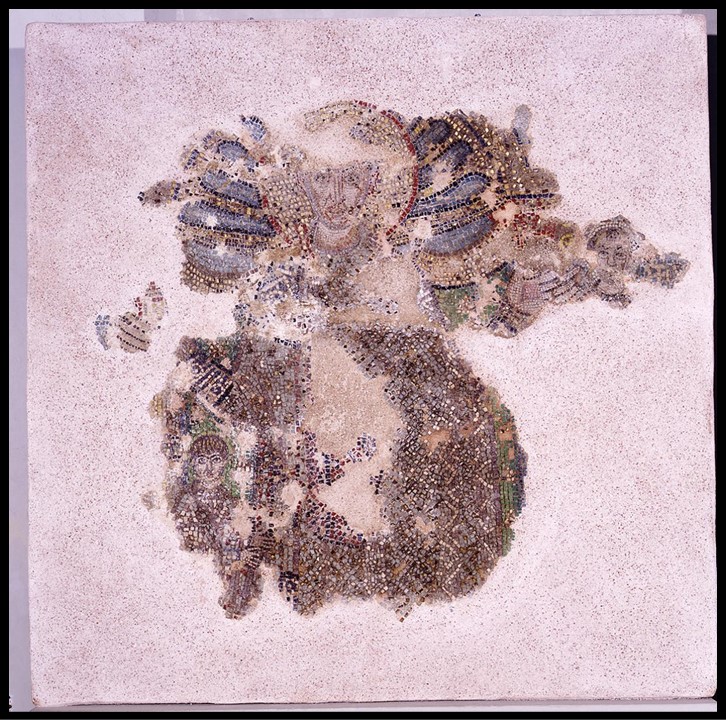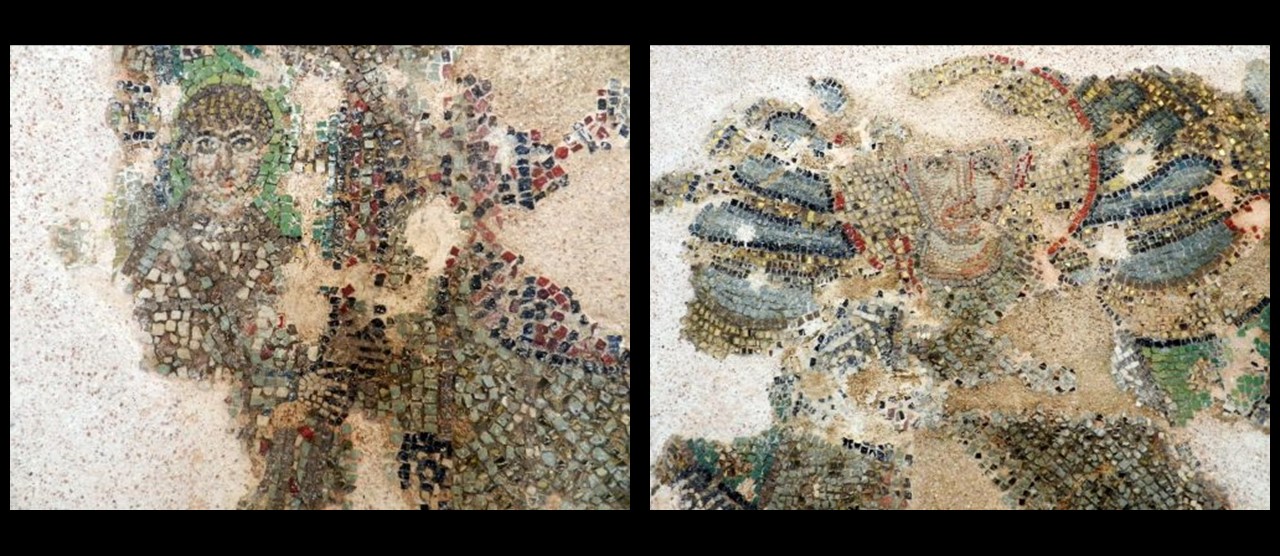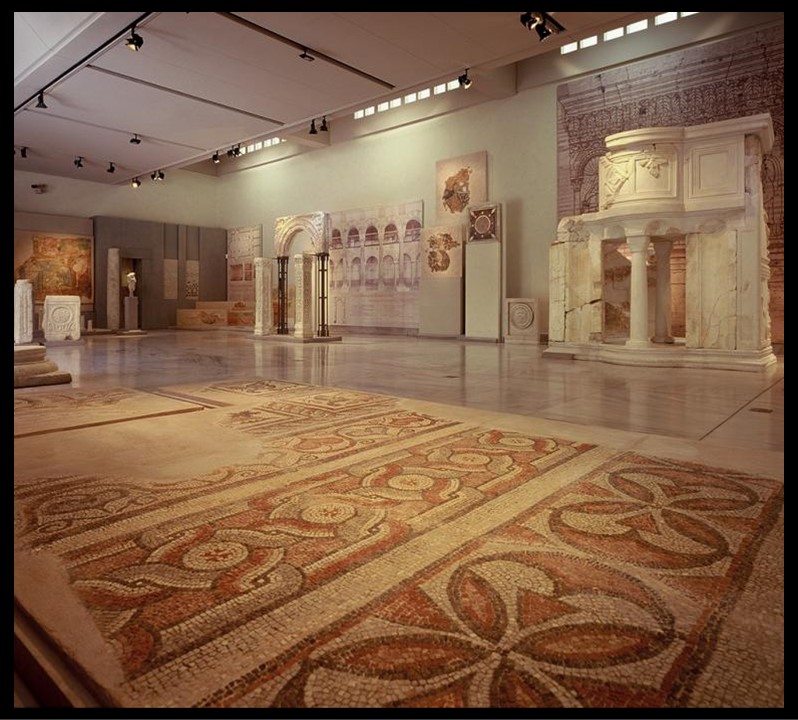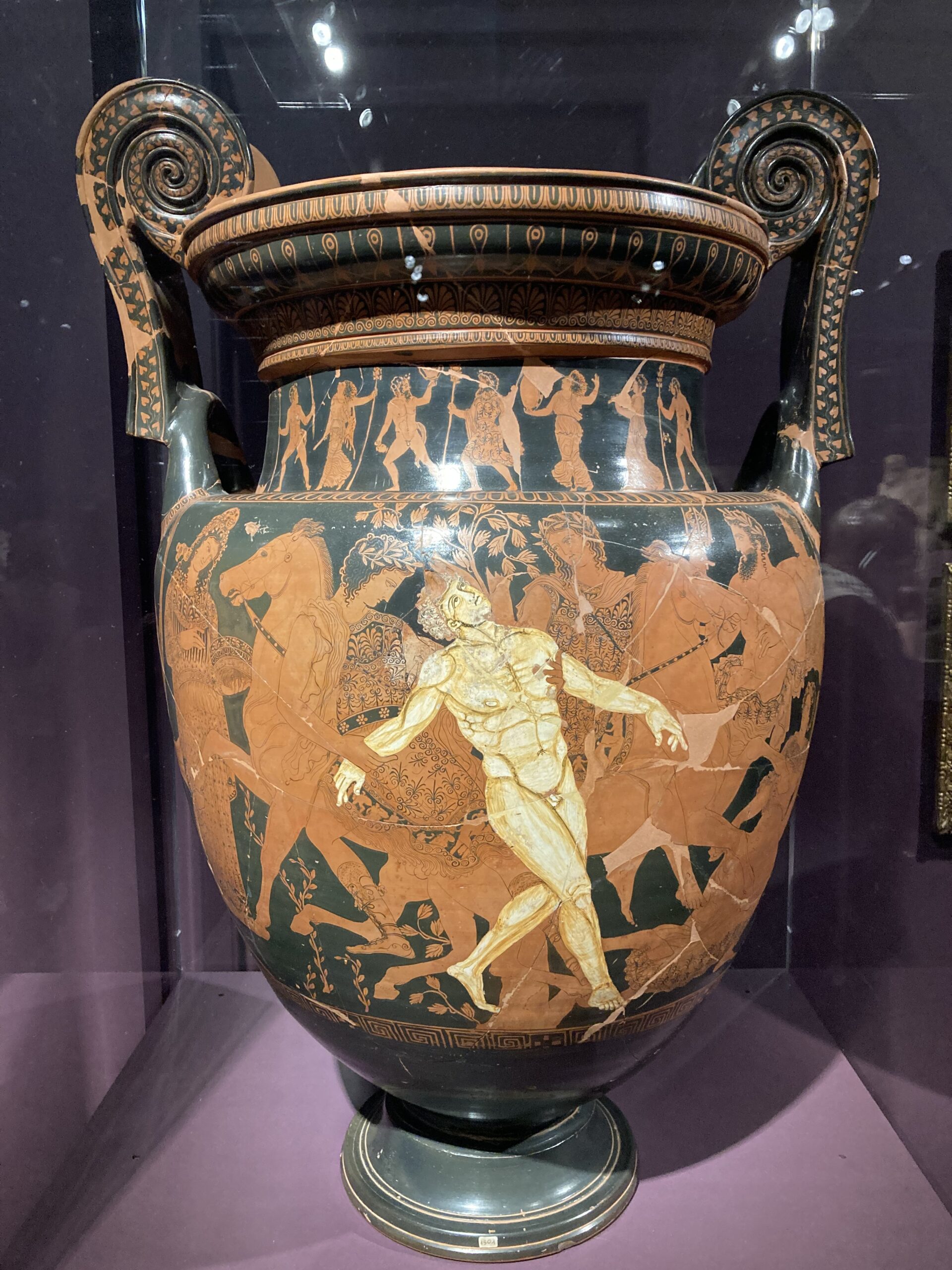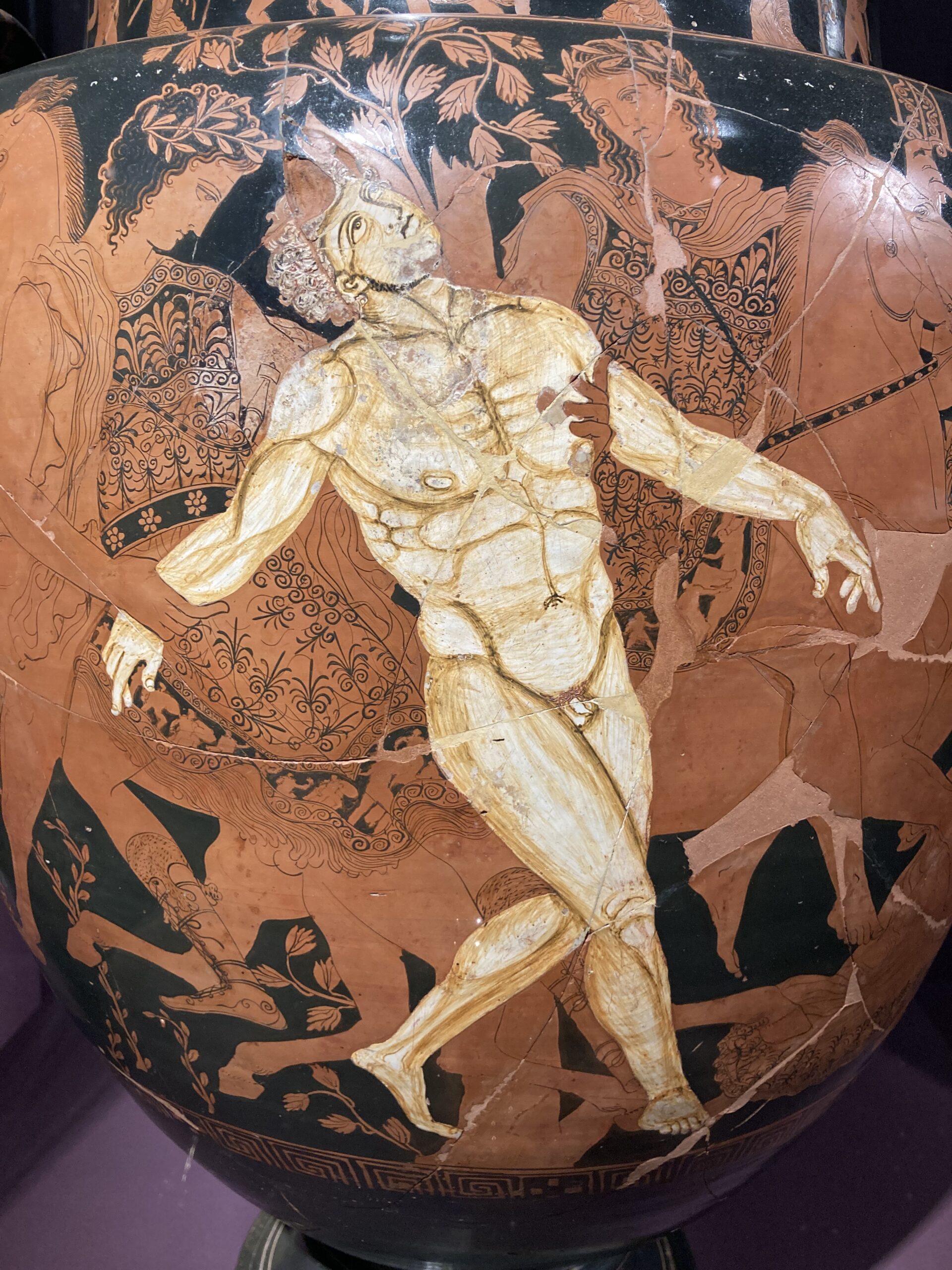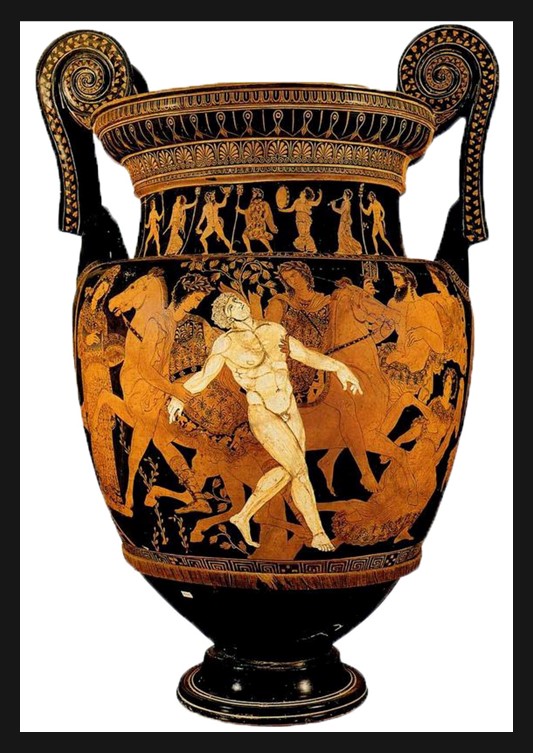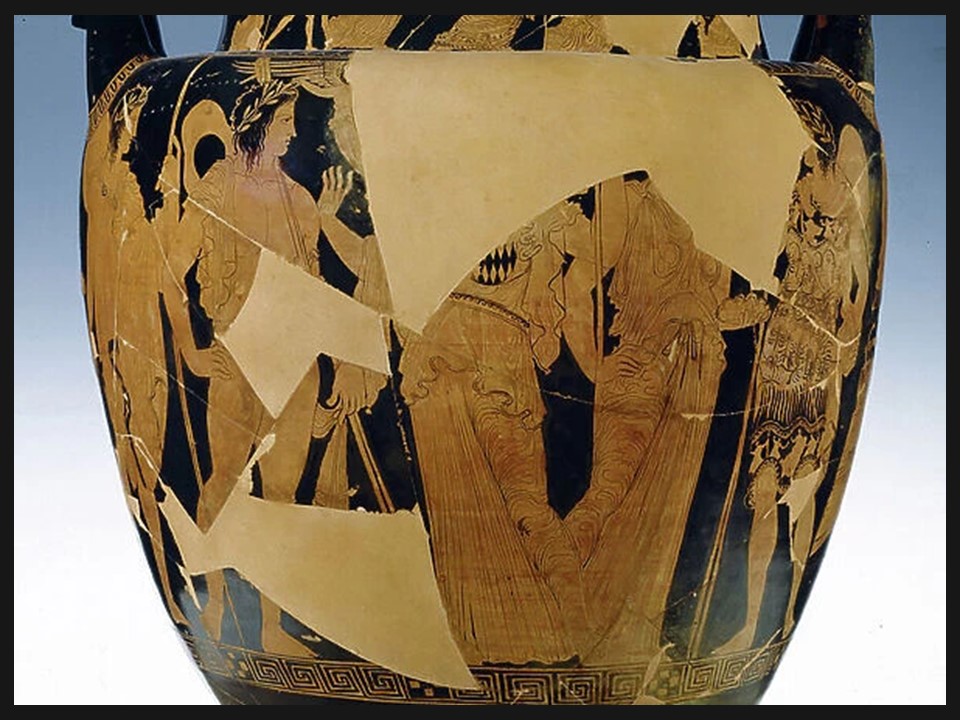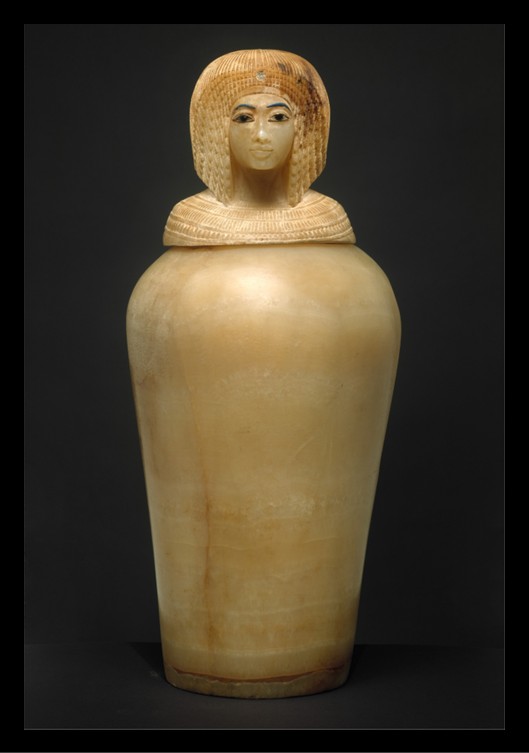
The Amarna Canopic Jar presented here, created for a funerary purpose, bears a lid adorned with a face so exquisitely detailed that it showcases the skill of a master artist, as if it were a public portrait. The youthful features—marked by a long, slender nose, almond-shaped eyes, and a delicately sculpted mouth—reflect an idealized image intended to endure in the eternal afterlife, regardless of the owner’s true age at death. Stylistically, the jar aligns with the artistic innovations of Akhenaten’s later reign, a period defined by the relocation of the royal court to Amarna. Yet, the mystery lingers: alterations made to the jar and lid in antiquity obscure the identity of the original owner. Who is she? The question haunts this artifact, a silent testament to both artistic mastery and the enigmatic nature of its history.
The enigmatic Canopic Jar, discovered in 1907, offers a fascinating glimpse into the royal intrigues of Akhenaten’s court, its ownership shrouded in layers of mystery and historical debate. Was it created for Queen Tiye, the formidable matriarch of the Amarna dynasty? Or perhaps Queen Nefertiti, renowned for her beauty and influence? Some have speculated it belonged to Queen Kiya, Akhenaten’s favored secondary wife, whose identity is subtly suggested by faint traces of hieroglyphs and the distinctive Nubian wig. Others propose Princess Merytaten, Akhenaten’s eldest daughter and later consort. For a time, even Akhenaten himself was considered a possibility. This confusion underscores the complex dynamics of the royal family, whose intertwined stories continue to captivate and confound modern scholars.
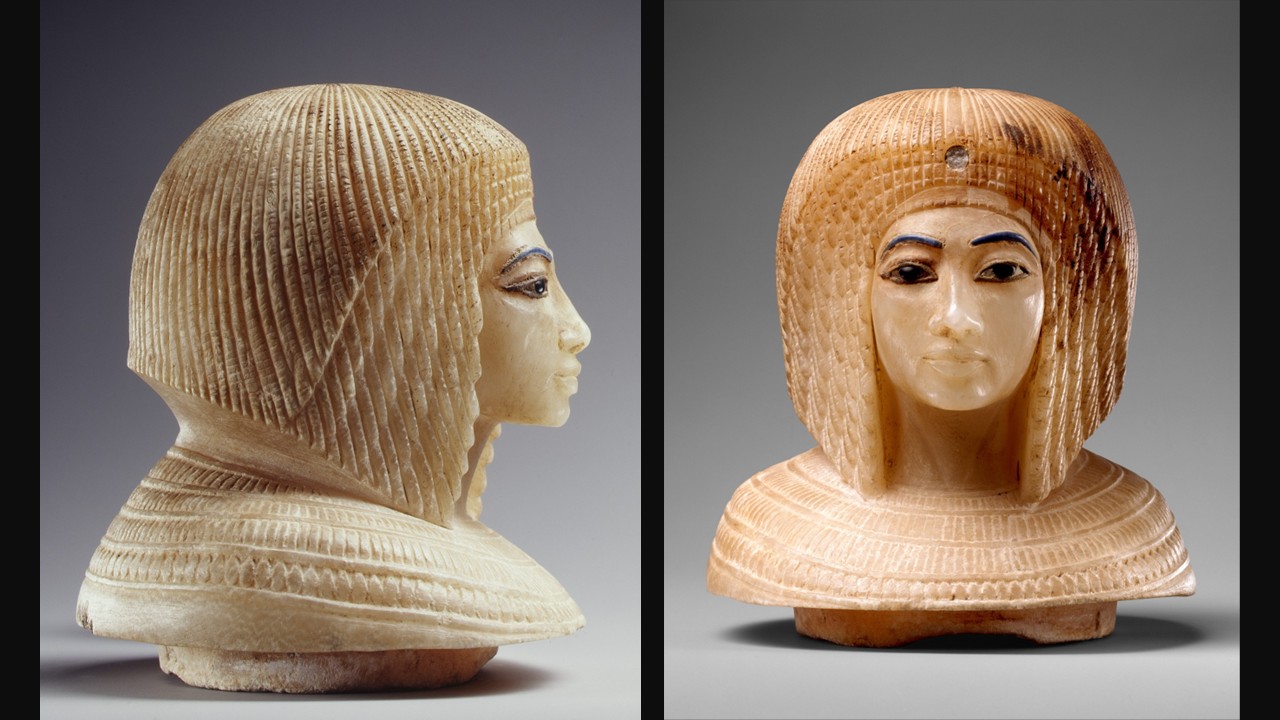
Whoever the original owner portrayed on the lid of the Canopic Jar in the MET was, she is undoubtedly a striking representation of one of the royal women of Amarna, embodying the elegance and refinement characteristic of this unique artistic period. Her features, including a long, slender nose, almond-shaped eyes, and a sensuous mouth, reflect the naturalistic yet idealized aesthetic that defined Amarna art. She wears the Nubian wig, a hairstyle of overlapping curls reserved for adults and favored by Akhenaten’s female relatives, emphasizing her status and maturity. At the center of her forehead, a hole marks the original placement of a separately carved rearing cobra, or uraeus, whose tail elegantly curves across the top of the wig. This royal insignia, exclusively worn by kings and queens, reinforces her elevated position within the court. The fusion of idealized beauty with symbolic details like the uraeus and the wig encapsulates the distinctive style and symbolic language of the Amarna period.
The Metropolitan Museum of Art Canopic Jar was discovered in 1907 within Tomb KV55 in the Valley of the Kings, one of Egypt’s most enigmatic burial sites. This tomb contained a mixture of funerary artifacts, including items inscribed for Queen Tiye, magical bricks bearing Akhenaten’s name, and four canopic jars, among them, the one in question, alongside a wooden coffin likely crafted for Kiya. It is believed that, to protect these items, Tutankhamun ordered their transfer from Akhenaten’s plundered Amarna tomb to Thebes. Subsequently, Kiya’s jars, and coffin may have been repurposed for another royal family member’s burial.
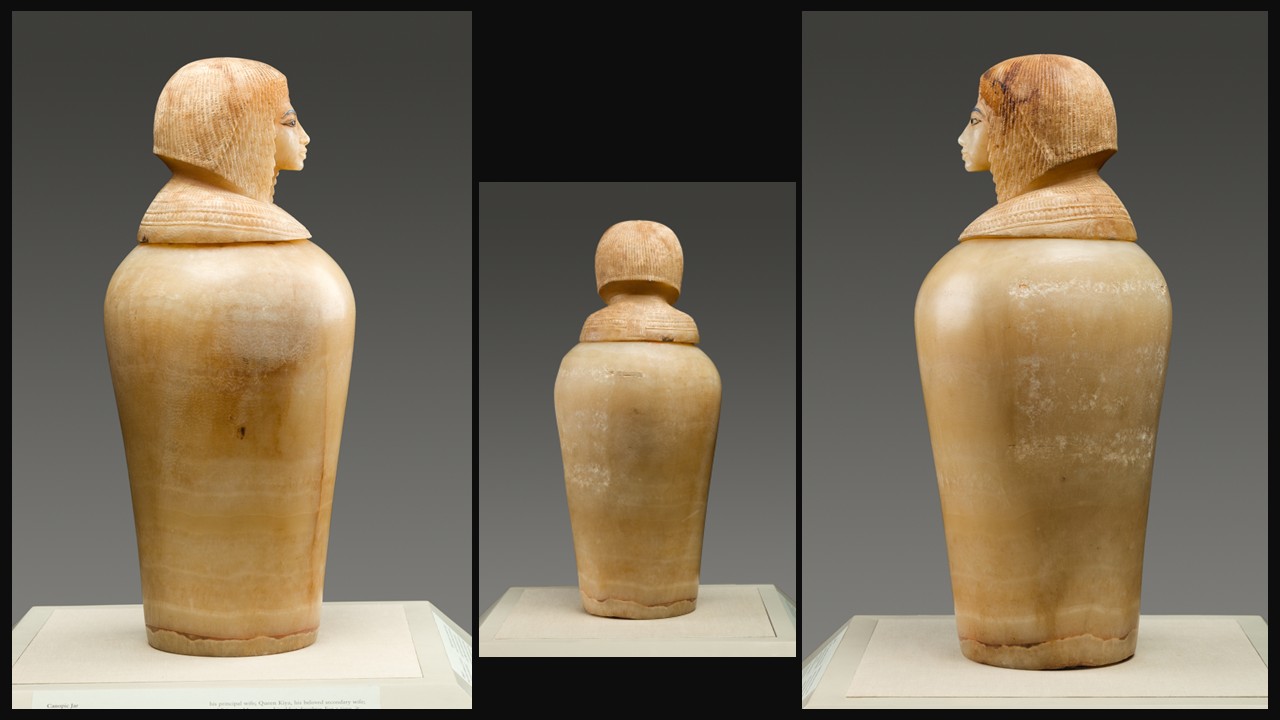
Tomb KV55’s entrance is cut into the floor of the main valley between the resthouse and the tomb of Rameses IX (KV 6). The tomb comprises an entryway followed by a single corridor leading directly into the burial chamber and its side chamber. Marks on the walls indicate that, after the entrance and stairs were cut, the entrance was enlarged, the ceiling raised, and the number of stairs increased.
The tomb’s discovery and the subsequent analysis of its contents have provided significant insights into the complex burial practices and political dynamics of the late 18th Dynasty, particularly concerning the Amarna period and its aftermath. The relocation and reuse of funerary equipment highlight the period’s turbulent transitions and the efforts to preserve royal legacies amid shifting religious and political landscapes.
For a Student Activity, titled ‘Guardians of the Afterlife – Understanding the Role and Use of Egyptian Canopic Jars’ inspired by the Amarna period Canopic Jar in the MET, please… Check HERE!
Bibliography: https://www.metmuseum.org/art/collection/search/544689 and https://thebanmappingproject.com/tombs/kv-55-tiye-or-akhenaten
